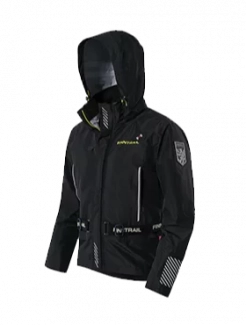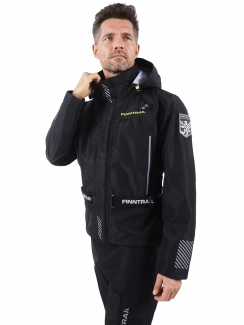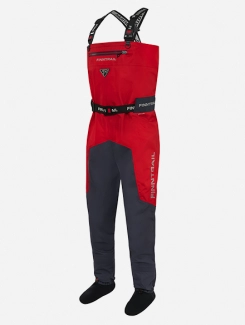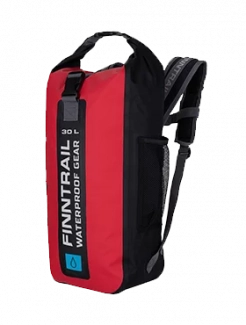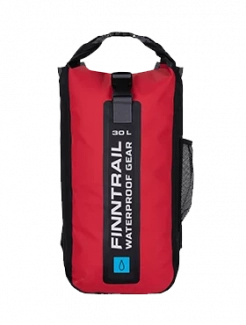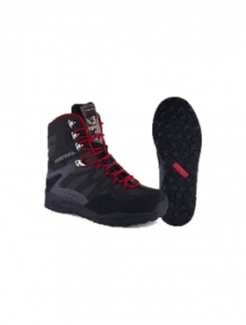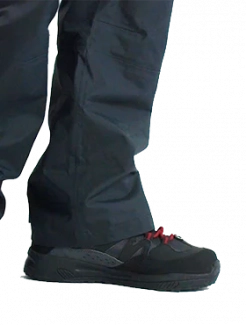First Steps to Build a Mud-Riding ATV
Do you love mud? For many ATV enthusiasts, mud is a way of life. Traversing the deepest possible mud trails using your riding skill and cunning is a superbly fun trial, and it’s a great feeling to seek out new mud adventures knowing your ATV will be capable of rising to the challenge.
Mud riding is difficult, though, and you’ll need an ATV that has the chops to see you through to the other side of every encounter. In this guide, we’ll outline the top considerations when kitting out your ATV to be a mud-conquering beast.
1 — Is your ATV up to the challenge?
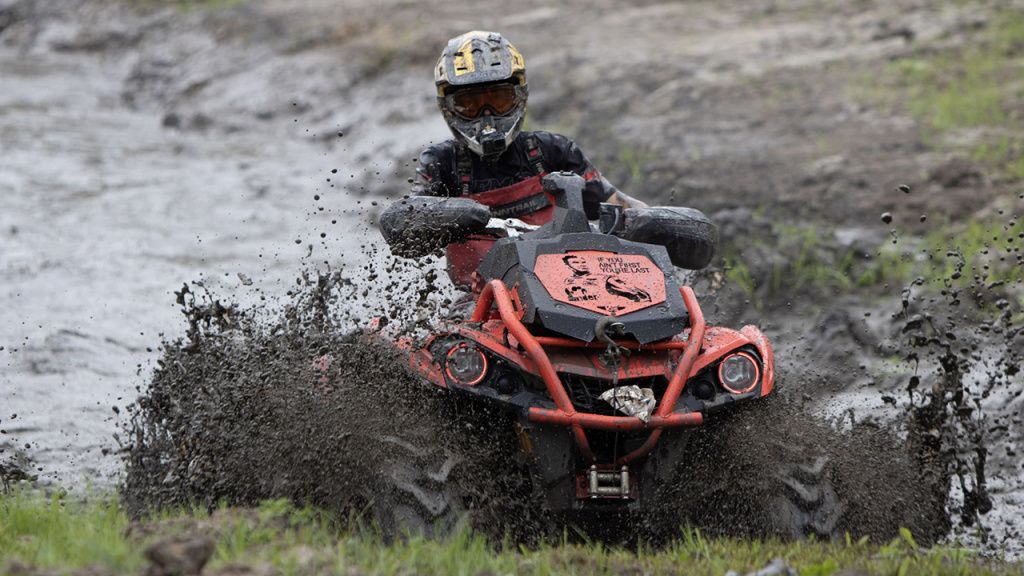
Serious mud riding requires a high-bore ATV with four-wheel drive. So, before you start building a shopping list of mods for your beat-up old two-wheel drive, consider whether you need a better base to build upon. You need an ATV with a lot of torque and horsepower.
If you’re in the market for a new mud-ready machine, there are more options on the market than ever before. Manufacturers like Polaris, Can-Am, Textron, and Yamaha have all released mud-focused ATVs with superb ground clearance, great CVT transmissions, and slop-slinging tread patterned tires.
2 — Getting high
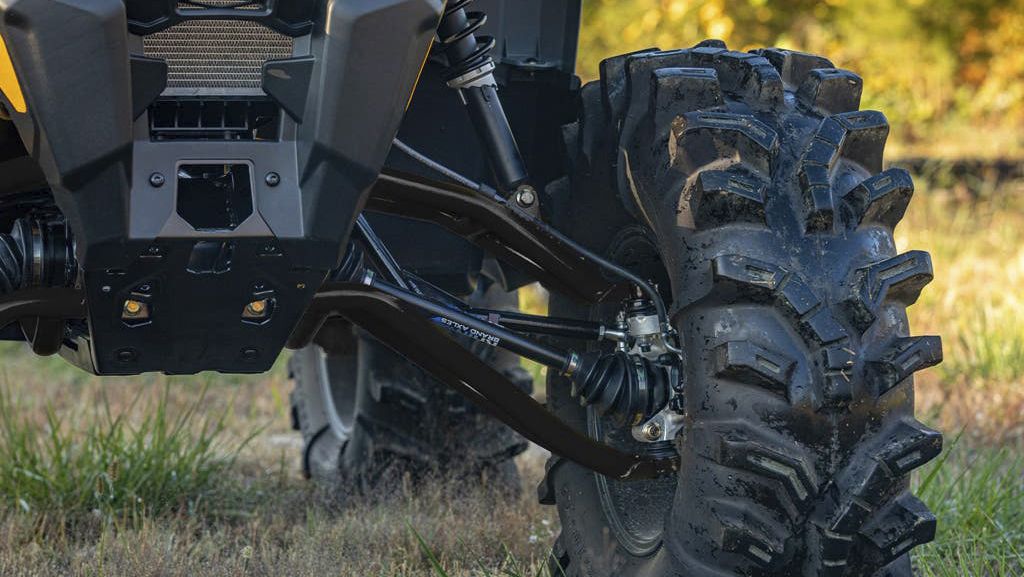
If you’re modifying an ATV for mud riding, the first consideration is ground clearance. Stock quads don’t have the clearance for deep mud and there’s no room for those beefy mud tires you’ll need.
Most lift kits add between one to 12 inches. Note that lifting your vehicle will alter its handling, so you might want to choose an adjustable kit to allow you to try out different heights. S3 Powersports, Gorilla Axle, and Highlifter all offer some serious lifting kits.
3 — Mud tires
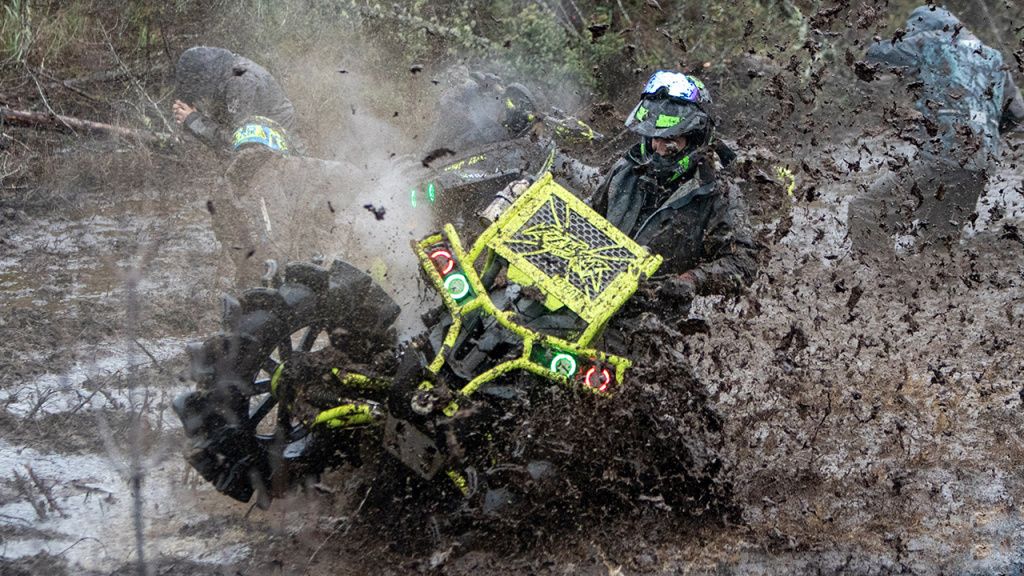
Stock ATV tires are designed for high-speed riding in fair weather. So, they struggle in mud that’s more than a few inches deep. Mud tires instead have deep treads for slicing through mud and usually add even more ground clearance over stock.
Research the best combination of ground clearance and tire size for your ride. Don’t just choose the biggest tires you can find—bigger tires require more power to turn them and you’ll need to lift the suspension so high that the handling of your vehicle suffers.
Though mud tires used to be relatively rare, there are now over 20 suppliers of ATV mud tires from which to choose.
4 — Waterproofing
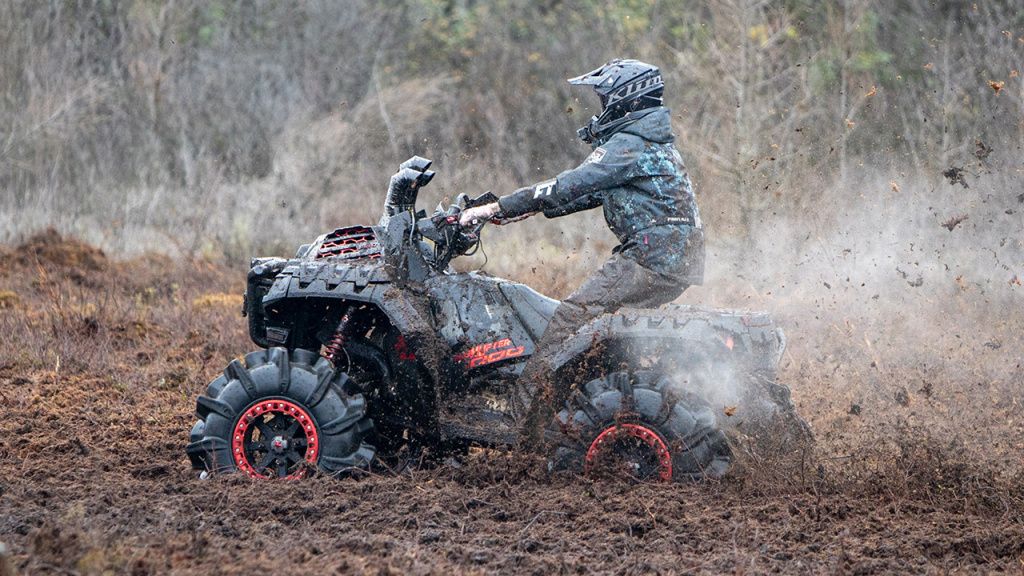
Don’t expect your standard ATV to have been designed with deep mud in mind. Mud riding quads are built for deep mud, so key components that can become flooded are placed higher up on the frame.
A snorkel kit will keep the water out in deep mud and allow clean air to flow to the belts and clutches. For a solid setup, you’ll need to snorkel the CVT intake and exhaust and engine intake.
On an ATV, you can relocate the radiator higher above the front rack to keep it out of muddy water. Waterproofing a UTV will usually see you placing the radiator begin the cabin.
You must also consider all electrics. Anything electric that might end up submerged needs to be kept safe with waterproofing.
5 — Don’t wince at a winch
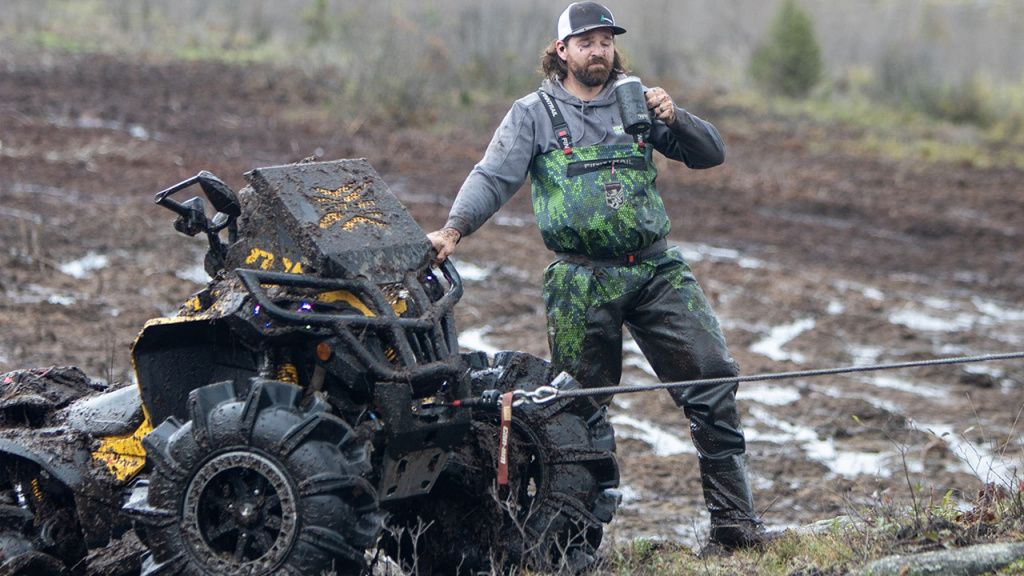
If you’re about to throw your extremely heavy and expensive vehicle into a deep hole full of sticky mud, you’ll want some kind of way to get it out if something goes wrong. Winches are relatively inexpensive, easy to install, and can be a lifesaver when you misjudge just how far you can take your off-road shenanigans.
6 — Performance upgrades
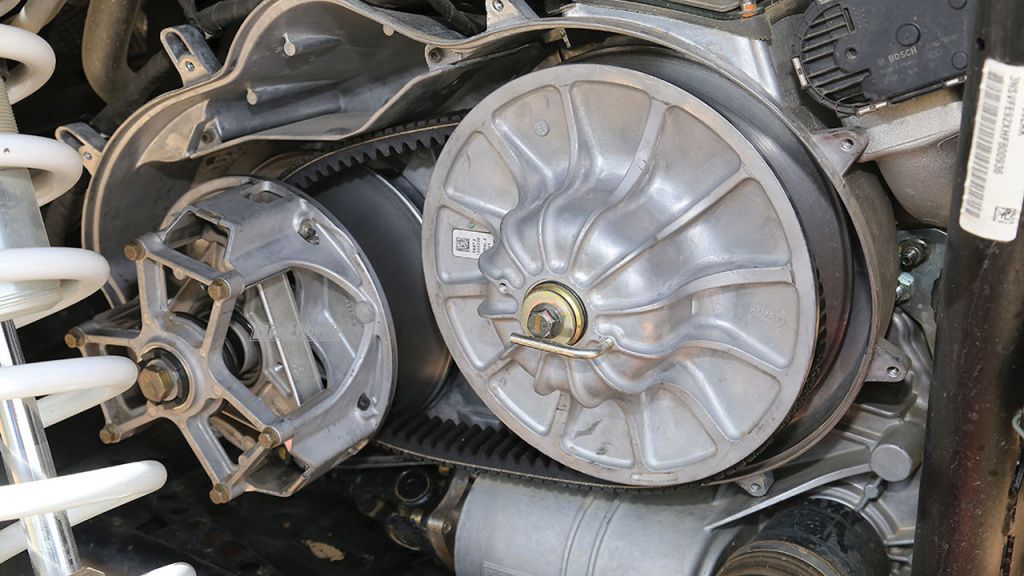
As advised, torque is your best friend for mud running. There are a lot of ways to boost the performance of an ATV for mud riding, and one of the simplest and cheapest is a clutch kit. A clutch kit improves the bite of the CVT allowing it to build revs more quickly. Clutch kits can save your drive belt from premature death, too, particularly when you’re putting your clutch through its paces with heavy mud tires.
These upgrades will see your ATV in good stead for a bunch of mud riding fun, but beware—upgrading your ATV for mud may become a compulsion that’ll see you constantly upgrading your ride until it barely resembles its former self!

